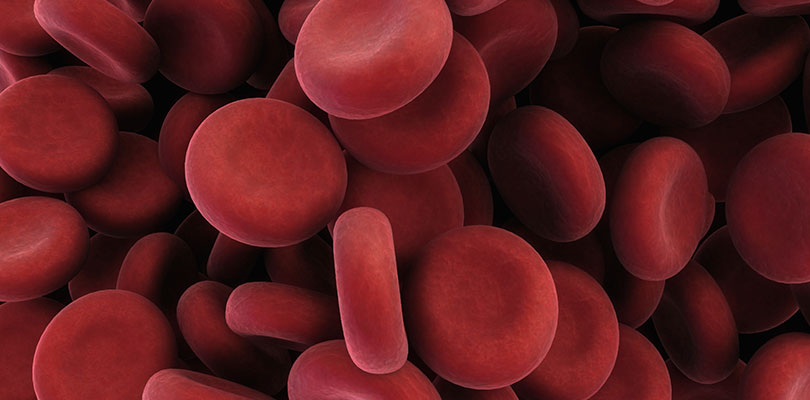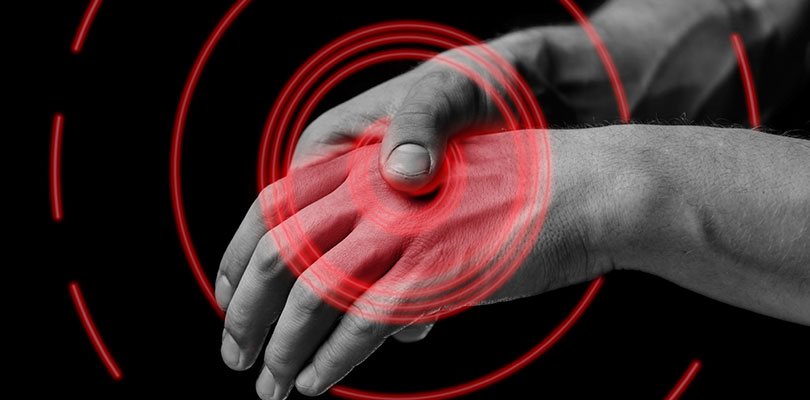
Photo Credit: IPGGutenbergUKLtd / iStockPhoto.com
Lupus Can Mimic Other Diseases and Can Be Difficult to Diagnose
Systemic lupus erythematosus, also called SLE or lupus, is a type of autoimmune disease. The causes of autoimmune diseases are not well understood, but multiple mechanisms are involved. There is usually a genetic predisposition and some lupus trigger, such as an infection or exposure to an environmental contaminant, such as silica or cigarette smoke. For whatever reason, the body starts producing antibodies against itself; the immune system attacks this component, in the process causing destruction of anything nearby.
Women of childbearing age are most commonly affected but it can affect anyone at any age, and symptoms vary in different individuals. It may be mild or severe; symptoms of lupus are frequently intermittent, with exacerbations of disease interspersed amongst periods of relative remission.
Due to the varying symptoms, lupus can mimic other diseases and can be difficult to diagnose. If you experience multiple symptoms common to lupus, see your doctor. Early diagnosis and treatment is important to achieve the best outcome.
In order of decreasing occurrence, symptoms of lupus may include:
1. Fatigue
Most people with lupus feel tired for a large part of the time. Along with fatigue comes feeling generally unwell, fever, poor appetite and weight loss.

Photo Credit: Eraxion / iStockPhoto.com
2. Changes in the Blood
Sometimes the body may start destroying the red blood cells, causing a sudden drop in numbers, often accompanied with jaundice (yellow discoloration of the eyes and skin), which requires prompt treatment. Sometimes the body may start destroying platelets, needed for blood clotting, which will cause easy bruising over the body (bruising easily is also a sign of fibromyalgia, which can cause some confusion with diagnosis). If the body starts destroying white blood cells, infections will become more common. Regular blood tests can detect abnormalities.

Photo Credit: Remains / iStockPhoto.com
3. Intermittent Arthritis
Joints commonly affected are in the hands, wrists, feet and knees. There is often swelling and tenderness of one or more joints. However, unlike other forms of arthritis, such as rheumatoid arthritis (rheumatoid arthritis and lupus are often mistaken for one another), there is usually no damage to the cartilage or bone. So while joint pain is common, deformities are uncommon.

Photo Credit: Piotr Marcinski / iStockPhoto.com
4. Skin Rashes
The lupus butterfly rash is characteristic, occurring in approximately 50 percent of lupus sufferers. It involves a slightly raised, red and sometimes scaly rash on the face, covering the cheeks and the nose (creating the butterfly shape), but sometimes involves the ears, chin, neck, upper back and outer arms.
Other skin lesions can also occur, such as large blisters, ulcers, and circular rashes with a red rim and light center. Small painful ulcers can also occur in the mouth or the nose. Most lupus rashes are triggered or exacerbated by sunlight. Worsening of the rash often accompanies a flare-up of the disease internally.

Photo Credit: yezry / iStockPhoto.com
5. Kidney Disease
This affects about 30 – 50 percent of sufferers. Kidney failure is the most serious consequence of lupus and, along with infection, is the leading cause of death. Inflammation in the kidneys usually has no symptoms until actual kidney failure develops, which is why regular urine tests are important to detect early kidney disease.
The urine test will detect blood and protein in the urine. A biopsy of the kidney may then be performed to determine the extent of the disease. Aggressive therapy is required to prevent kidney failure. Early kidney failure is associated with urinating lots and drinking more. High blood pressure can also occur.

Photo Credit: twinsterphoto / iStockPhoto.com
6. Muscle Pain
People with muscle involvement often feel pain in one or more muscles for a lot of the time. Occasionally, more serious muscle inflammation can occur, with damage to the muscle, more severe pain and muscle weakness.
Yoga requires some equipment to ensure that you are getting the most out of the process. Learn what yoga equipment for beginners need.

Photo Credit: nandyphotos / iStockPhoto.com
7. Lung and Heart Disease
Usually the internal lining of the chest becomes inflamed and this can cause pain when breathing. Sometimes the chest cavity fills with fluid and causes rapid shallow breathing. The lining of the heart may also become inflamed and this can cause left-sided chest pain.
More seriously but less commonly, if the heart muscle or heart valves become involved, signs of poor heart function may develop, such as coughing or having cold and blue fingers and toes. The lungs can also become inflamed and fill with blood, mucus or fluid. This can cause coughing and difficulty breathing.

Photo Credit: michaeljung / iStockPhoto.com
8. Blockage of the Arteries in the Heart
This blockage is very problematic, as it can cause heart attacks. Sufferers are also more at risk of developing a blood clot — such as a deep vein thrombosis, a serious blood clot in the lung — or of having a stroke.

Photo Credit: michaeljung / iStockPhoto.com
9. Effects on the Brain
Effects include headaches, difficulties with memory and reasoning, seizures and even psychosis.

Photo Credit: JackF / iStockPhoto.com
10. Stomach Issues
When the stomach and intestines are involved, sufferers may experience nausea, generalized tummy pain, and sometimes also vomiting and diarrhea. Very rarely, lupus can restrict blood flow to the intestines, causing a part of it to die and/or a hole to form. This causes pain, fever and severe malaise and is life-threatening.

Photo Credit: STUDIO GRAND OUEST / iStockPhoto.com
11. Dry Eyes and Conjunctivitis
This causes an uncomfortable grittiness in the eyes but does not affect vision. Very occasionally, disease inside the eye can cause rapid blindness within weeks. Cortisone treatment also predisposes the formation of cataracts and glaucoma. Regular eye checks are advised and any soreness or changes to vision should be followed up immediately.
Looking for advice on how to eat healthy? These tips can help make your diet healthier, help you lose weight, and reduce the risk of medical problems.







